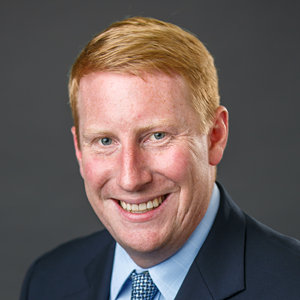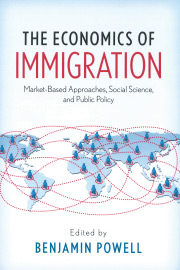The Christmas season isn’t usually the best time for laypeople to correct their clergy. The clergy tend to know more about holy matters than we do. Unfortunately in Pope Francis’s recent Evagnelii Gaudium he strayed from the holy to the economic and proved himself wholly incompetent to do so.
His central economic claim was that a free market capitalistic system benefits the rich but fails to spill over benefits to the poor. As he put it,
Some people continue to defend trickle-down theories which assume that economic growth, encouraged by a free market, will inevitably succeed in bringing about greater justice and inclusiveness in the world.
This opinion, which has never been confirmed by the facts, expresses a crude and naïve trust in the goodness of those wielding economic power and in the sacralized workings of the prevailing economic system.
Really? Let’s check the facts. The Economic Freedom of the World Annual Report is the best measure of how free market orientated countries around the world are. The income share of the poorest 10 percent of the population in the least economically free countries is 2.57 percent while their share is 2.76 percent in the freest countries. More free does not translate into more unequal.
The real difference is in how the poor live. In the freest of countries the poorest 10 percent of the population earns an average annual income of more than $10,000. Drop down to just the next quarter of countries (the 50 to 75th percentile) and the poorest 10 percent average only $3,800. In the least free countries they earn less than $1,000.
In a follow-up interview the Pope maintained that theories that claimed free market driven economic growth would benefit the poor are wrong. “The promise was that when the glass was full, it would overflow, benefitting the poor. But what happens instead, is that when the glass is full, it magically gets bigger nothing ever comes out for the poor.”
Yet the cup of economic growth has been overflowing benefits to the world’s poor at unprecedented rates. Consider just China alone. China has improved its economic freedom score by more than any other Asian country since 1980. The pro-market reforms ushered in economic growth that has averaged nearly 10 percent annually. That growth “overflowed” and lifted more than 500 million people out of what the World Bank classifies as extreme poverty. All around the world, countries that have focused on freeing up entrepreneurial investment have been very successful in “trickling down” economic benefits.
Mother Teresa may have had more noble intentions towards the poor than most entrepreneurs do but intentions do not equal results. The invisible hand of the market lifts more people out of poverty than Mother Teresa, the Pope, or any saint ever has, but then lifting people permanently out of poverty has never been the purview of the Church.
In his interview Pope Francis clarified that, “I was not speaking from a technical point of view but according to the Church’s social doctrine.” And therein lies the problem. The Church’s social doctrine can set goals, such as helping the poor, but it doesn’t tell the Church how to best achieve them. It is precisely the “technical” or economic point of view that is necessary.
Tom Wood’s book, The Church and the Market , makes a compelling case that when the moral statements from Catholic social thought are paired with sound economic analysis, the apparent tension between the Church and the free market disappear. In no case might that be more evident than in the goal of poverty reduction. Focusing attention on the real drivers of poverty reduction such as well-defined property rights, economic freedom, and ending corruption and exploitation by governments will allow the overflows of the cup to end up in the hands of the poor rather than the powerful.
Pope Francis doesn’t have any divine knowledge of how a market economy operates. This Christmas season he and other theologians should stick to what they know best - the Holy Scripture and moral exhortation. They should leave the economics to the economists. We’ll do the inverse in return.











